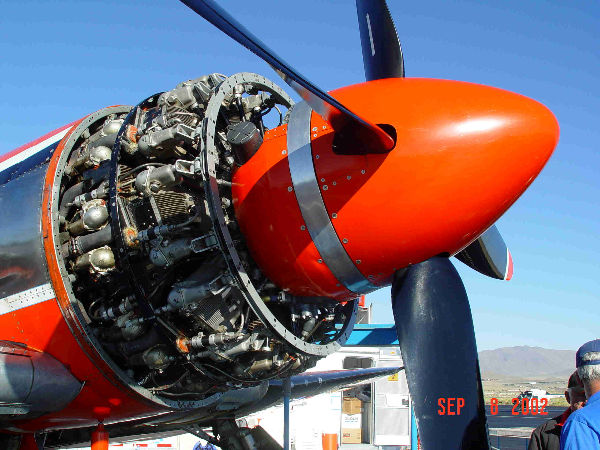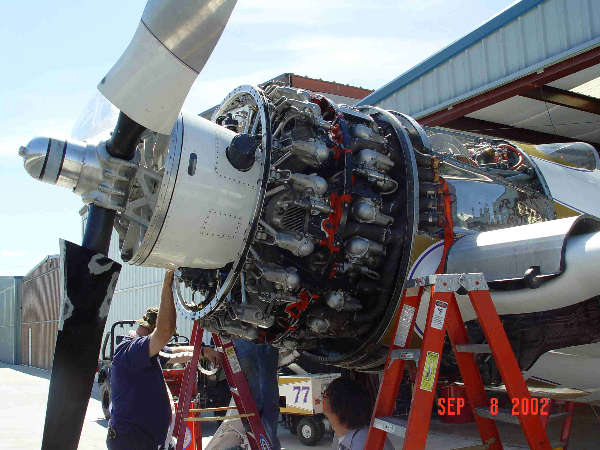I have always heard stories about the water injection on the Wright 3350's used in the Constellation and many other aircraft at the time:

The engine was high performance for the time period; so much so things on the airplane were critical to trouble free operation. Things like cylinders were matched to the pistons and the position on the engine. Oil dripped into the lower cylinders and if I remember correctly these had to have a tighter tolerance. All thinks like this were critical on this engine as they were not critical on engines before; such as the Wright 2800. On a 2800 if you blow a cylinder you could grab any cylinder and put it on any position.
These engines had higher compression and turbos which gave them tremendous power. They needed the water injection to cool them down. That was the key to water injection, the evaporation was a cooling process. It didn’t add power but it enabled them to use more power.
Ironically the process did have 2 other effects. One effect was it increased compression. You stuff more in a cylinder. Second it did release oxygen which partially reclaimed some of the space it took up. They use these engines on Reno Racers even today:
These engines could run about 2400hp. If they cooled them with water they could run them up to about 3500hp. At Reno they run them in excess of 4500hp with water injection, anti detonation injection and NOS; and they are lucky if they can make it through the heat races to the gold race with out destroying the engine.




